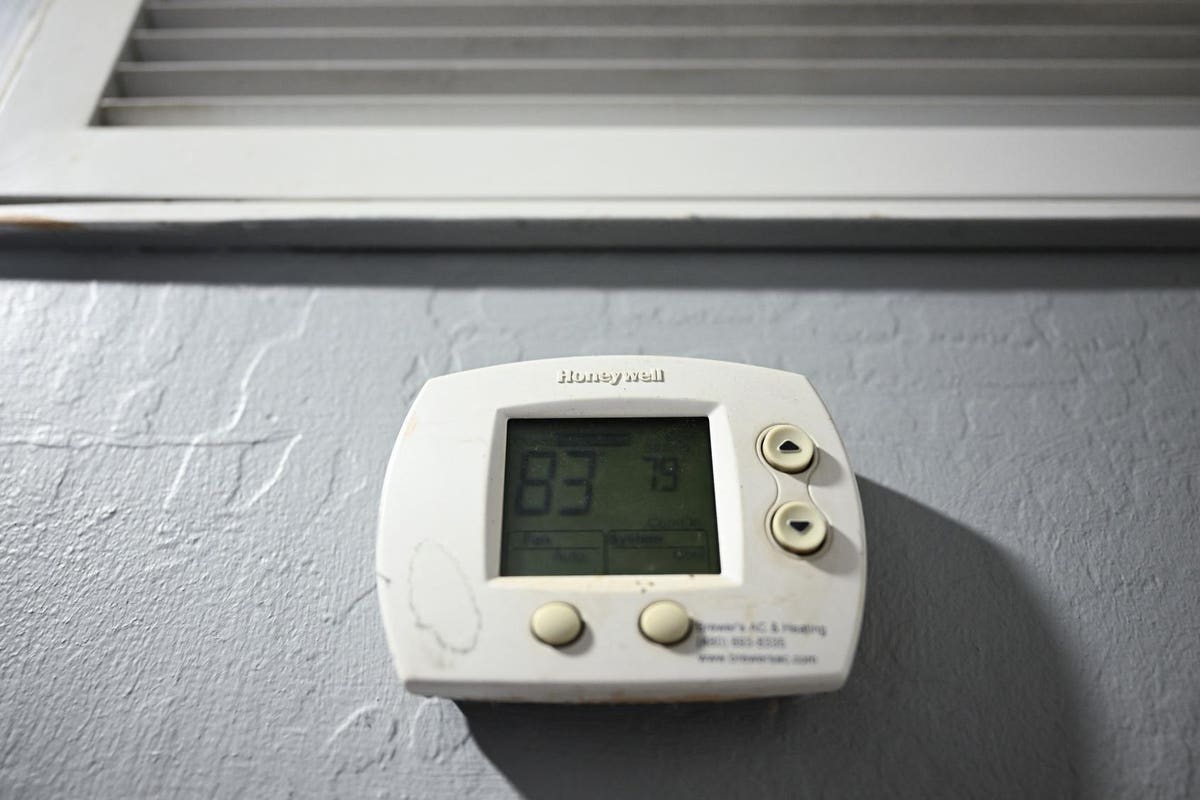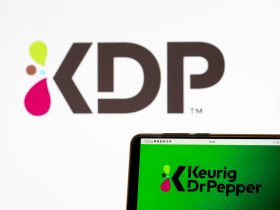We believe that Honeywell stock (NYSE: HON) and Amgen stock (NASDAQ
NDAQ
Interestingly, HON and AMGN have had a Sharpe Ratio of 0.3 since early 2017, lower than 0.6 for the S&P 500 Index over the same period. This compares with the Sharpe of 1.3 for the Trefis Reinforced Value portfolio. Sharpe is a measure of return per unit of risk, and high-performance portfolios can provide the best of both worlds.
Looking at stock returns, both have underperformed vis-à-vis broader markets amid rising concerns over slowing economic growth. While HON is down 14% this year, AMGN is down 3%, and the S&P500 index is up 16%. There is more to the comparison, and in the sections below, we discuss the possible returns for HON and AMGN in the next three years. We compare a slew of factors, such as historical revenue growth, returns, and valuation, in an interactive dashboard analysis of Honeywell vs. Amgen
AMGN
1. Amgen’s Revenue Growth Is Better
- Amgen’s revenue growth has been better, with a 4.1% average annual growth rate in the last three years, compared to -0.9% for Honeywell.
- With airlines being one of the worst-hit sectors during the pandemic, Honeywell’s aerospace revenues were weighed down during the pandemic.
- While this trend has now reversed and Honeywell is seeing a steady rise in sales for most of its businesses – aerospace, building technologies, and the performance materials business – lower demand for personal protective equipment weighs on its safety & productivity solutions segment sales.
- Amgen’s expansion of some of its drugs, including Prolia, Otezla, Tezspire, and Repatha, is driving its revenue growth, while some of the older drugs, such as Enbrel and Neulasta, are seeing a y-o-y decline in sales.
- If we look at the last twelve-month period revenues, Honeywell has fared better with 4.9% sales growth, while Amgen saw its revenue rise by 0.8%.
- Our Honeywell Revenue Comparison and Amgen Revenue Comparison dashboards provide more insight into the companies’ sales.
- Looking forward, revenue for both Honeywell and Amgen are expected to grow in low single-digits.
2. Amgen Is More Profitable
- Honeywell’s operating margin has slid slightly from 18.7% in 2019 to 18.1% in 2022, while Amgen’s operating margin declined from 41.4% to 36.3% over this period.
- Looking at the last twelve-month period, Amgen’s operating margin of 35.7% fares better than 19.7% for Honeywell.
- Our Honeywell Operating Income Comparison and Amgen Operating Income Comparison dashboards have more details.
- Looking at financial risk, both are comparable. Honeywell’s 17% debt as a percentage of equity is lower than 45% for Amgen, and its 14% cash as a percentage of assets is lower than 38% for the latter, implying that Honeywell has a better debt position, but Amgen has more cash cushion.
3. The Net of It All
- We see that Amgen has demonstrated better revenue growth, is more profitable, and has more cash cushion. On the other hand, Honeywell has a better debt position.
- Now, looking at prospects, using P/S as a base, due to high fluctuations in P/E and P/EBIT, we believe both companies will offer similar returns of 1%-3% in the next three years.
- The table below summarizes our revenue and return expectations for both companies over the next three years based on Trefis Machine Learning analysis – Honeywell vs. Amgen – which also provides more details on how we arrive at these numbers.
- Honeywell’s stock trades at 3.4x revenues, aligning with its last five-year average, and Amgen’s stock trades at 5.1x revenues, also aligning with its last five-year average.
- Our Honeywell Valuation Ratios Comparison and Amgen Valuation Ratios Comparison have more details.
While HON and AMGN may offer little returns in the next three years, it is helpful to see how Honeywell’s Peers fare on metrics that matter. You will find other valuable comparisons for companies across industries at Peer Comparisons.
Furthermore, the Covid-19 crisis has created many pricing discontinuities which can offer attractive trading opportunities. For example, you’ll be surprised at how counter-intuitive the stock valuation is for Honeywell vs. Amkor.
With higher inflation and the Fed raising interest rates, among other factors, HON stock has seen a fall of 14% this year. Can it drop more? See how low Honeywell stock can go by comparing its decline in previous market crashes. Here is a performance summary of all stocks in previous market crashes.
Invest with Trefis Market Beating Portfolios
See all Trefis Price Estimates
Read the full article here













Leave a Reply